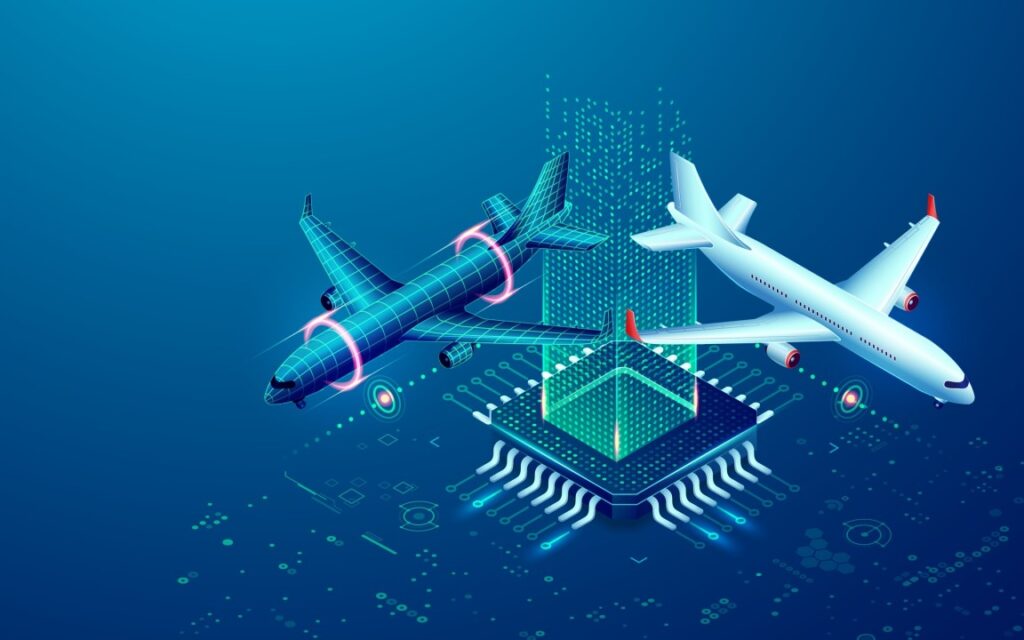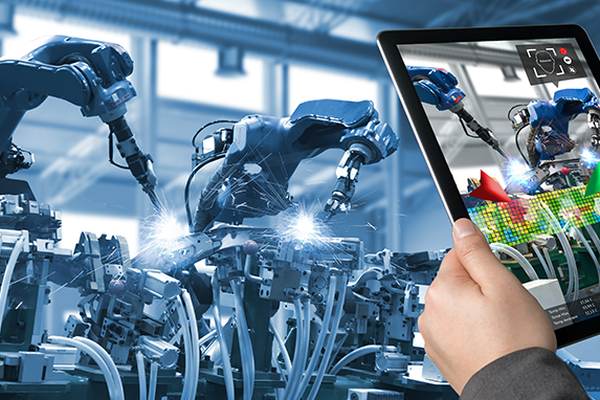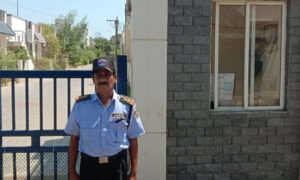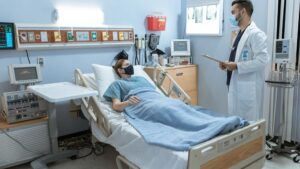
In the ever-evolving field of aerospace, innovation is the driving force behind improvements in safety, efficiency, and performance. One of the most exciting advancements in recent years has been the emergence of digital twins. In aerospace, digital twins refer to highly detailed virtual models of physical assets, systems, or processes, allowing engineers, manufacturers, and operators to simulate, analyze, and optimize performance in real-time. The potential of digital twins for aerospace is vast, impacting everything from aircraft design to maintenance procedures, and even space exploration.
The Role of Digital Twins in Aircraft Design and Development
The design and development of aircraft require extensive planning, testing, and analysis to ensure the safety, performance, and efficiency of the final product. Traditionally, this process involved physical prototypes, wind tunnel tests, and extensive simulations. While these methods are still essential, digital twins offer a new way to improve and expedite the design process.
In aerospace, digital twins allow engineers to create virtual replicas of an aircraft before it is physically built. These virtual models can simulate real-world conditions and interactions with the environment, enabling engineers to test various scenarios and configurations without the need for physical prototypes. By doing so, digital twins reduce the time and cost associated with traditional design and testing methods.
Digital twins can also be used to model complex systems within an aircraft, such as the engine, avionics, and flight control systems. Engineers can simulate how these systems interact with one another, identify potential issues, and optimize performance. This approach not only enhances the design process but also ensures that each component works seamlessly with the others, improving the overall efficiency and safety of the aircraft.
Improving Aircraft Maintenance and Performance with Digital Twins

One of the most significant advantages of digital twins for aerospace is their impact on aircraft maintenance and performance optimization. Maintaining an aircraft in top condition is critical for ensuring passenger safety and minimizing downtime. Digital twins provide a proactive approach to maintenance by enabling operators to monitor the health of an aircraft in real time.
By integrating sensors into an aircraft’s systems, operators can collect a continuous stream of data about various components, including the engines, landing gear, and electrical systems. This data is then used to update the digital twin, which acts as a living, breathing replica of the aircraft. By analyzing this data, maintenance teams can predict potential issues before they occur, allowing for more efficient maintenance scheduling and reducing the likelihood of unexpected failures.
For example, digital twins can be used to monitor the wear and tear on key components, such as turbine blades or fuel pumps. When the digital twin detects an anomaly or deviation from expected performance, maintenance teams can take action before a failure occurs, potentially preventing costly repairs or even catastrophic accidents. This predictive maintenance approach not only enhances safety but also improves the overall efficiency of aircraft operations.
In addition to predictive maintenance, digital twins can also be used to optimize the performance of an aircraft. By analyzing data from the digital twin, airlines can identify areas where fuel efficiency can be improved, flight routes can be optimized, and energy consumption can be minimized. This results in cost savings for airlines and a reduced environmental impact, making digital twins a powerful tool in the pursuit of more sustainable aviation practices.
Digital Twins for Space Exploration and Satellite Operations
The applications of digital twins extend far beyond commercial aviation. In space exploration, digital twins are playing an increasingly important role in the design, operation, and maintenance of spacecraft and satellites. Space missions are complex and expensive endeavors, and ensuring the success of these missions requires precise planning and constant monitoring.
Digital twins allow space agencies and private companies to simulate the performance of spacecraft and satellites in the harsh conditions of space. By creating digital replicas of these assets, engineers can test how they will behave in extreme temperatures, radiation, and other space-related factors. This enables more accurate predictions of how spacecraft will perform over the course of a mission and helps identify potential issues before they arise.
In addition to supporting spacecraft design and testing, digital twins are also used to monitor the health of satellites once they are in orbit. Just like in aviation, satellite systems are equipped with sensors that send data to Earth, which is used to update the digital twin. This allows mission control teams to monitor the health of the satellite in real-time and make adjustments as needed. For example, if a satellite’s propulsion system begins to show signs of wear, engineers can use the digital twin to analyze the situation and determine the best course of action.
Furthermore, digital twins can help optimize satellite operations. By simulating the movement of satellites in orbit, digital twins can help determine the most efficient paths for communication, observation, and data collection. This can lead to improvements in satellite performance and a longer operational lifespan, reducing the need for costly repairs or replacements.
The Future of Digital Twins in Aerospace
As technology continues to advance, the potential of digital twins for aerospace will only grow. With the advent of 5G networks, the Internet of Things (IoT), and advancements in artificial intelligence, digital twins will become even more powerful tools for aerospace engineers and operators.
In the near future, we can expect digital twins to play a critical role in the development of autonomous aircraft and drones. By simulating the behavior of these systems in various conditions, engineers will be able to fine-tune their performance and ensure they are safe and efficient. Additionally, digital twins will continue to be used to monitor the performance of aircraft and spacecraft in real-time, allowing for even more accurate predictive maintenance and optimization.
The integration of digital twins with advanced data analytics and machine learning algorithms will also enable more personalized and optimized flight experiences. For instance, by analyzing data from the digital twins of individual aircraft, airlines can adjust flight schedules, optimize fuel consumption, and improve passenger comfort, all while reducing costs.
Furthermore, digital twins will play a significant role in sustainable aviation practices. By optimizing aircraft performance and reducing energy consumption, digital twins will help the industry move closer to achieving its environmental goals, such as reducing carbon emissions and increasing fuel efficiency.
Digital twins are revolutionizing the aerospace industry by offering new ways to design, maintain, and optimize aircraft and spacecraft. From improving the efficiency of aircraft operations to enhancing the safety and longevity of spacecraft, digital twins are proving to be a game-changer. As technology continues to evolve, we can expect digital twins to play an even larger role in the future of aerospace, driving innovation and paving the way for safer, more efficient, and sustainable flight experiences.






